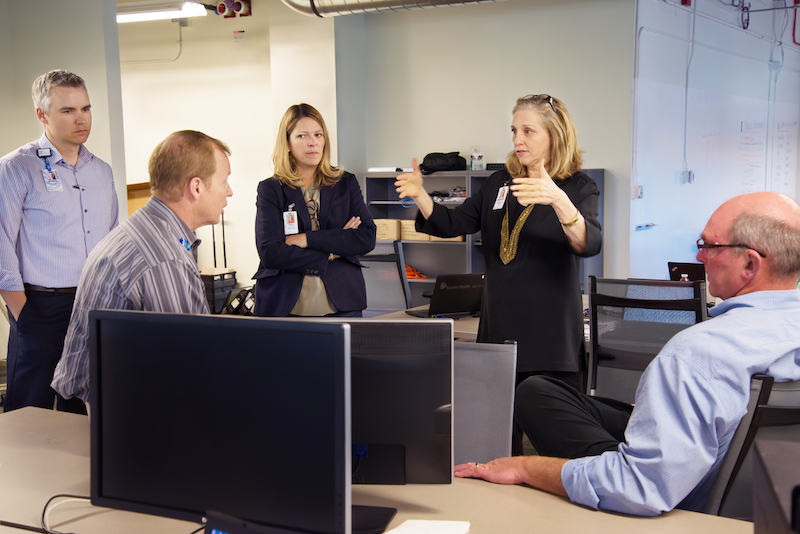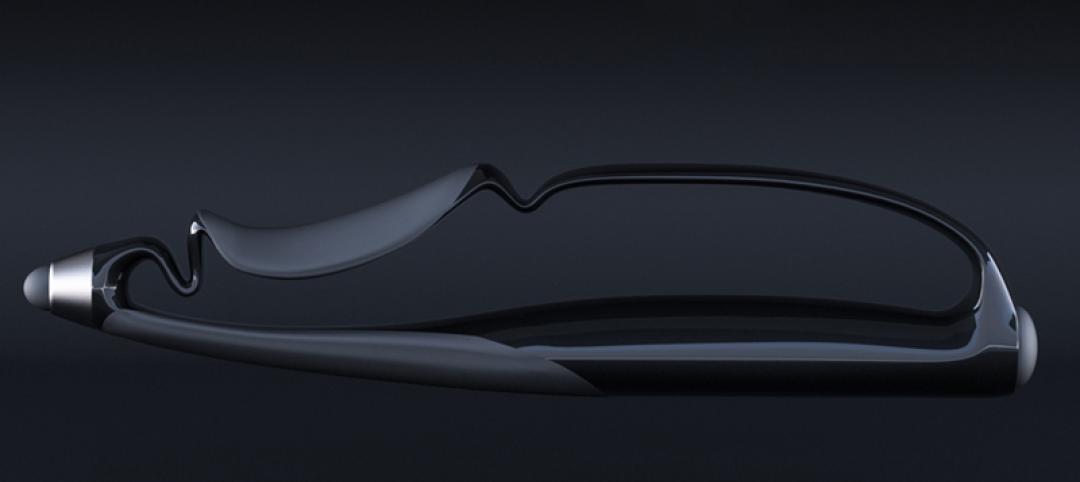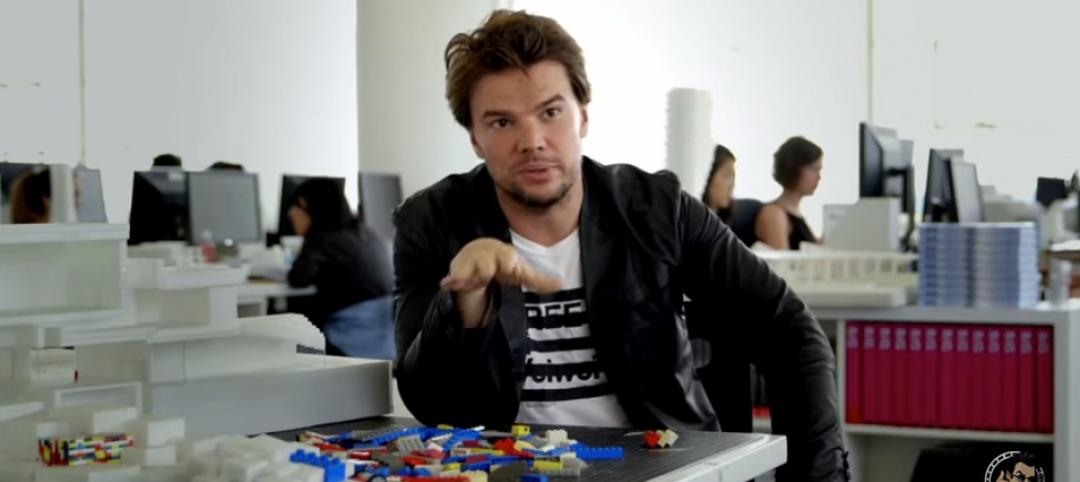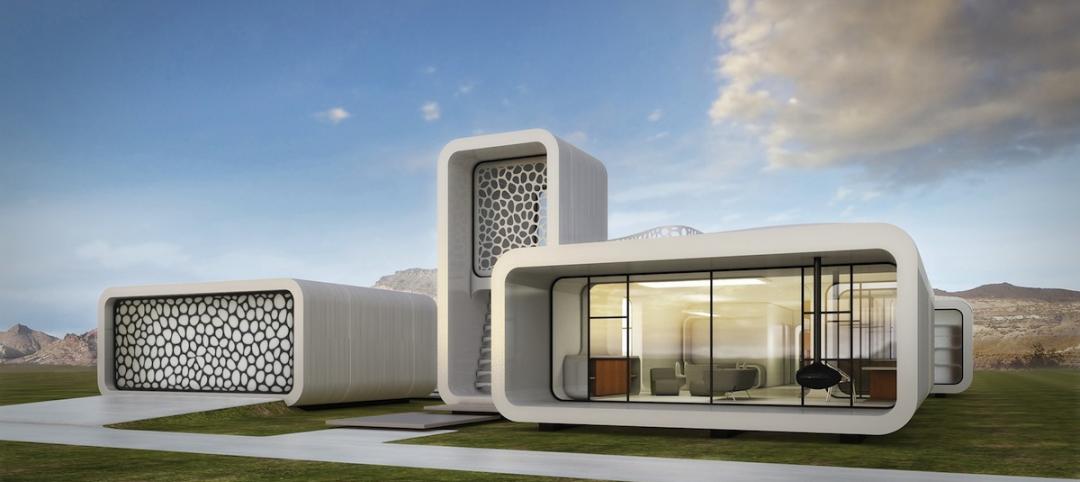The big room. The hub. Central operations. Whatever they’re called, project team co-location ventures are popping up in increasing numbers as Building Teams face ever-complex projects with tighter schedules and budgets.
The rise of BIM-driven projects, prefabrication, and highly collaborative project delivery methods—such as design-assist and integrated project delivery—have accelerated the demand for in-person, cross-team collaboration.
Successful co-location ventures are not as simple as locking the team in a room for 12-18 months. They require a careful balance of risk sharing, trust, accountability, and scope sharing, as well as a commitment to collaboration.
BD+C reached out to several co-location experts for tips and tricks on maximizing these setups. They offered the following advice:
Hold a “PEP” rally. Experts agree that a kickoff event—with all key stakeholders in the room—is absolutely critical both for building a spirit of camaraderie and for aligning the expectations and objectives for the project.
“We’re finding in co-location environments, the best practitioners in the business are spending a lot of time thinking about high-performance teaming and the sociology behind working together,” says John Tocci, Sr., CEO of Tocci Building Cos., whose firm regularly organizes co-location ventures.
On larger projects, Tocci kicks off co-locations with a day-and-a-half PEP (project execution planning) session facilitated by a process expert and former DuPont chemical engineer. Senior management meets for a half day to sync expectations and objectives for the project. On the second day, the entire team (upwards of 60 people) meets to confirm and prioritize the project objectives, unearth potential pitfalls, and formulate a roadmap for meeting the project goals.
“The whole team, within a few days, tears the project apart,” says Tocci. “People start bearing their professional souls about what it is they’re concerned about when coming on board.”
Make sure all doers are present. On a recent co-location venture for a healthcare client, architect Shepley Bulfinch quickly learned that while all levels of its team were prepared, other firms were not. The biggest issue: firms only sent their team leaders to the co-location collaboration sessions; the professionals doing the actual work stayed back at the home office.
“This was difficult for our staff when they realized that the other parties weren’t sending those doing the work and, therefore, work was not getting done,” says Cathleen Lange, AIA, LEED AP, Principal with Shepley Bulfinch.
Create spaces that are conducive to collaboration. Large, open, flexible spaces are a must so that teams can quickly reconfigure when needed. Tocci recommends plenty of whiteboards, tack-up boards, and blank wall space for pull planning and other Lean process exercises. Also important are creature comforts like clean bathrooms and phone booths so people can duck out to take a personal call.
Offer a mix of meeting room sizes and breakout spaces. “People need spaces so that when a problem arises, a team can go off into an area and start whiteboarding to see what to do with it,” says Tocci.
Be very specific when laying the groundwork for the co-location. You’ll need to have solid answers for the following questions:
• Who’s paying for the space, equipment, technology? The owner? Contractor? Shared cost structure?
• Who’s required to attend? How are they being compensated for their time away from the home office?
• What are the requirements for digital information transfer, responsibilities, and governances?
Strip all branding. “The most successful co-location ventures we’ve had have been completely unbranded, where you don’t see campfires or tribes within the facility,” says Tocci. “That defeats the whole purpose. The goal is total integration, silo-less stationing.”
“Subs” don’t exist in co-location ventures. A healthy co-location culture is one that breaks down the traditional silos. That means ditching the term “subcontractor” in favor of “trade partner,” says Tocci. “It’s not just a warm and fuzzy name,” he says. “They are true partners in the process.”
Master the trust triangle. Building trust across all levels and disciplines is the secret sauce to successful co-location projects. Tocci recommends reading The Five Dysfunctions of a Team: A Leadership Fable (http://amzn.to/2buPW16) to help break down silos and strengthen trust and accountability among project team members.
“Establishing trust among all parties in the co-location room is essential,” adds Lange. “All it takes is one skeptical person to bring the whole room down.”
Incorporate visual cues to maintain accountability. Whether using large-screen monitors or simple signage, presenting real-time performance metrics—burn rates on cash, performance on budget, KPIs, etc.—will help maintain accountability across the team. Even simple traffic lights for tracking major indices like budget and schedule are helpful. “Someone can walk in, look around the room, and within a few minutes they’ll have a sense of the health and vitality of the project,” says Tocci.
Related Stories
University Buildings | Jul 21, 2015
Maker spaces: Designing places to test, break, and rebuild
Gensler's Kenneth Fisher and Keller Roughton highlight recent maker space projects at MIT and the University of Nebraska that provide just the right mix of equipment, tools, spaces, and disciplines to spark innovation.
BIM and Information Technology | Jul 20, 2015
New stylus brings digital sketching to the next level
Without buttons, users can change the weight of the stylus’ stroke.
BIM and Information Technology | Jul 16, 2015
BIM for O+M: New app streamlines project documentation handover process
The Building Ops app enables owners to begin operations on the first day with a turnkey maintenance and asset management solution, according to its maker, Autodesk.
BIM and Information Technology | Jul 15, 2015
Google launches open-source beacon platform: Eddystone
Though beacons usually broadcast information publicly, Eddystone has the option to communicate privately as well, which greatly expands the applications for the technology.
BIM and Information Technology | Jul 14, 2015
New city-modeling software quantifies the movement of urban dwellers
UNA for Rhino 3D helps determine the impact that urban design can have on where pedestrians go.
BIM and Information Technology | Jul 14, 2015
Nation’s first 'drone park' breaks ground in North Dakota
This is one of six testing sites around the country that are developing flight standards and evaluating the utility of drones for different tasks.
BIM and Information Technology | Jul 6, 2015
BIM/VDC training is more than learning the features
Training can be a taxing experience for both the class and the instructor. CASE's Nathan Miller offers four ways to make training more relevant to practitioners.
BIM and Information Technology | Jul 6, 2015
Researchers increase GPS precision to centimeter-accurate
A new startup is working with Samsung to develop a snap-on accessory for centimeter-accurate global positioning.
BIM and Information Technology | Jul 6, 2015
New documentary shows Legos as touchstones of creativity
The film's narrator, actor Jason Bateman, says it’s a story “about a simple toy and how its unique properties ushered in a new era of creativity for a whole generation.”
BIM and Information Technology | Jul 1, 2015
World’s first fully 3D-printed office to be produced in Dubai
A 20-foot-tall printer will be needed for the project, spewing out construction material consisting of special reinforced concrete, fiber reinforced plastic, and glass fiber reinforced gypsum.

















